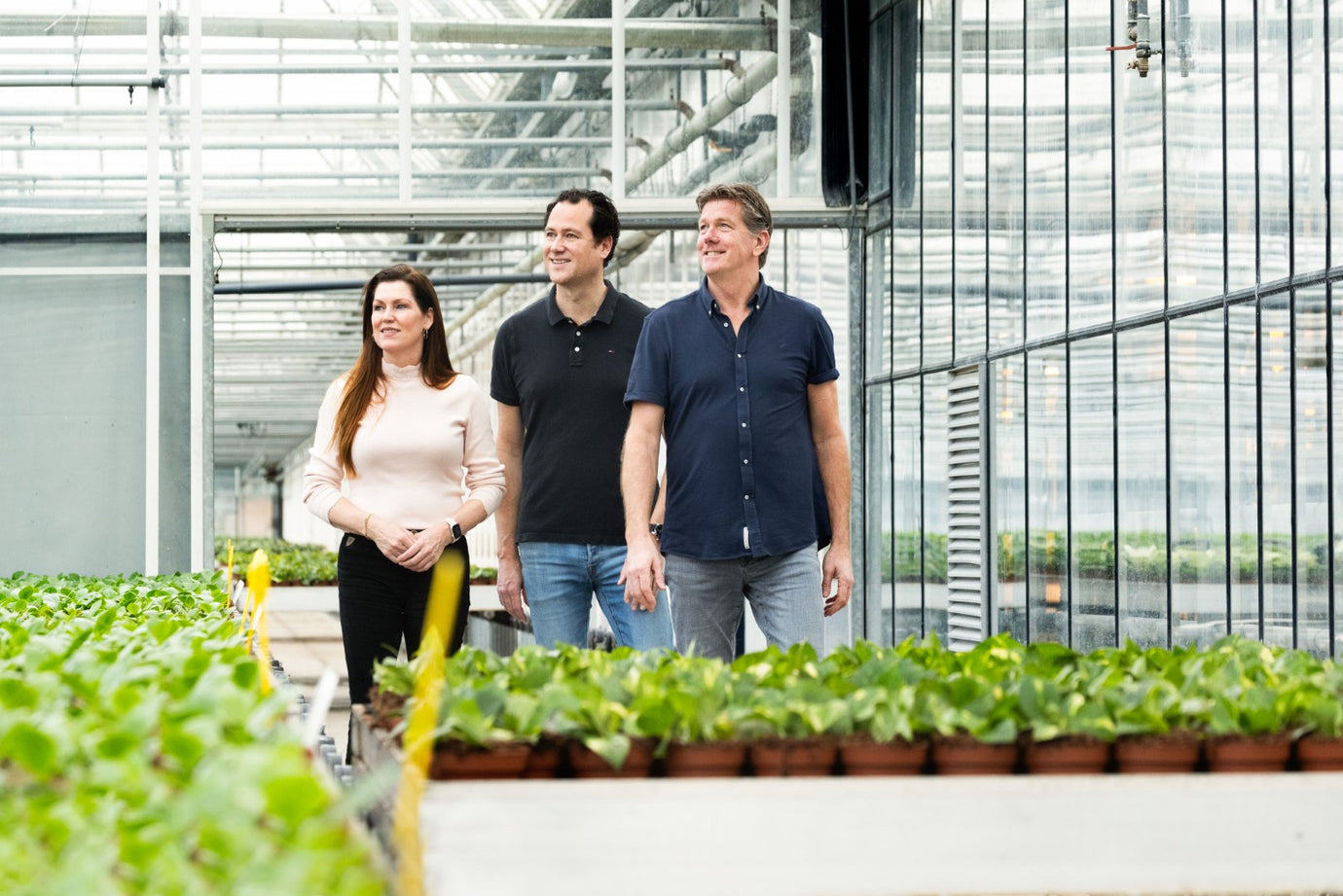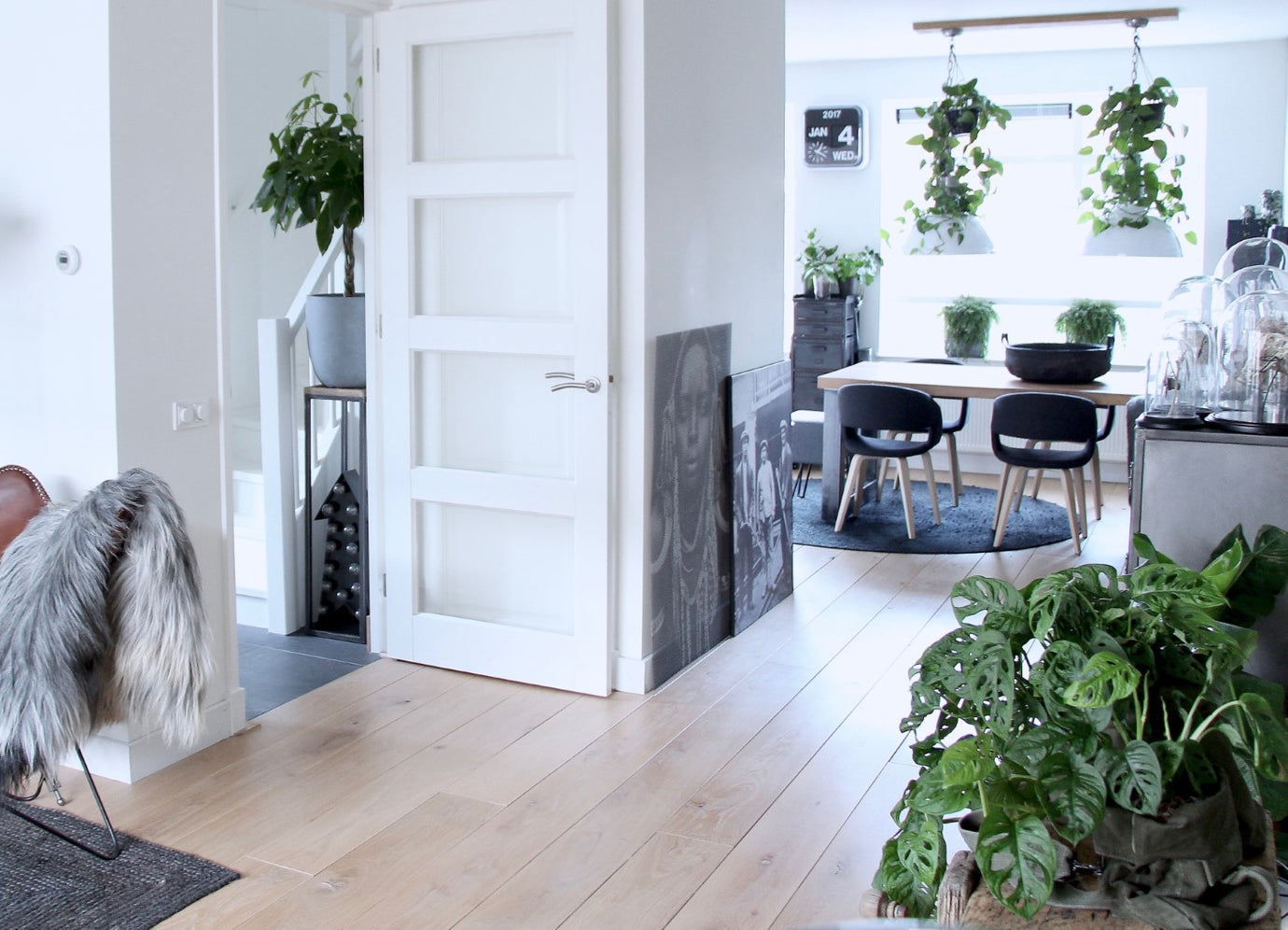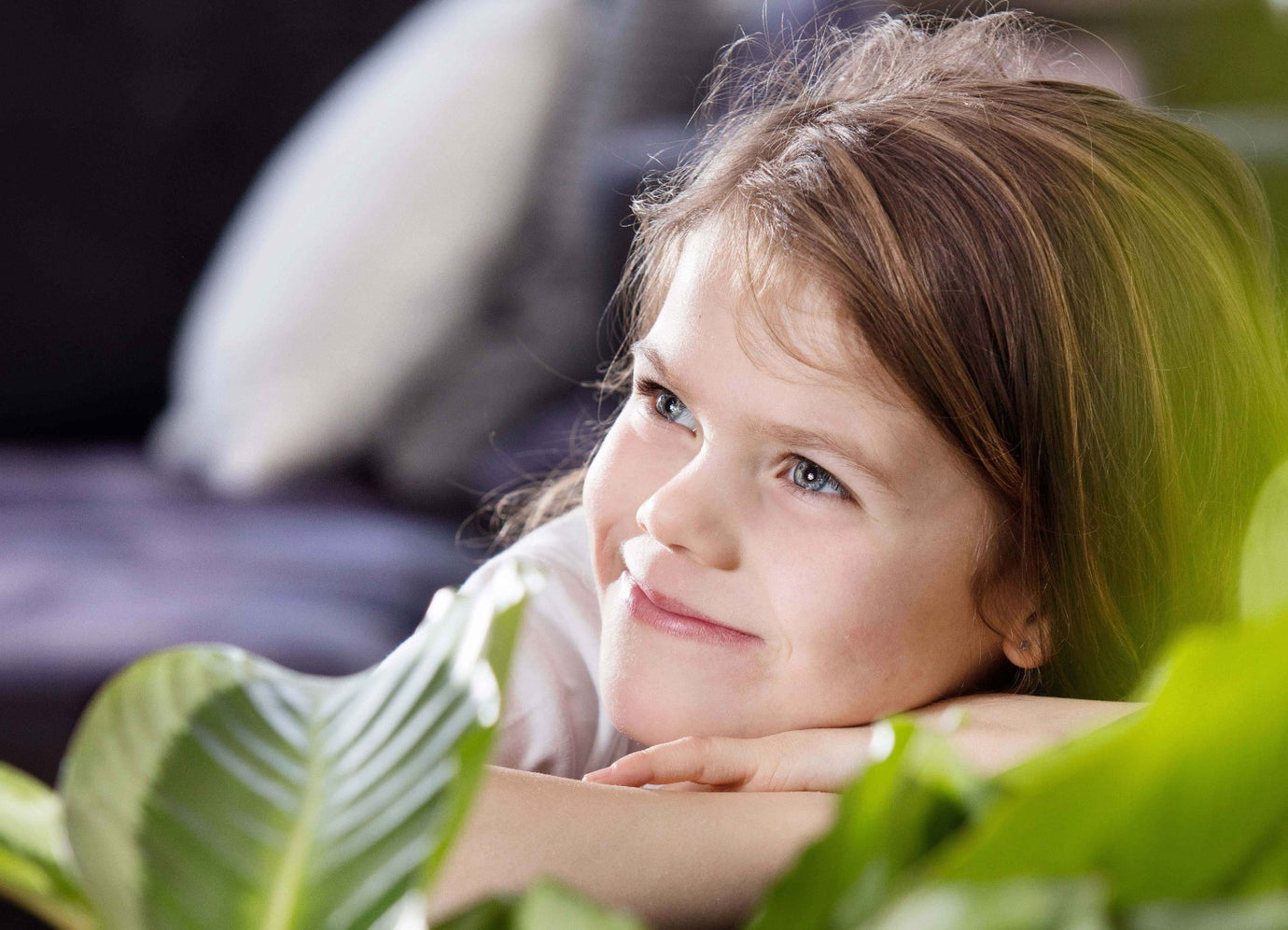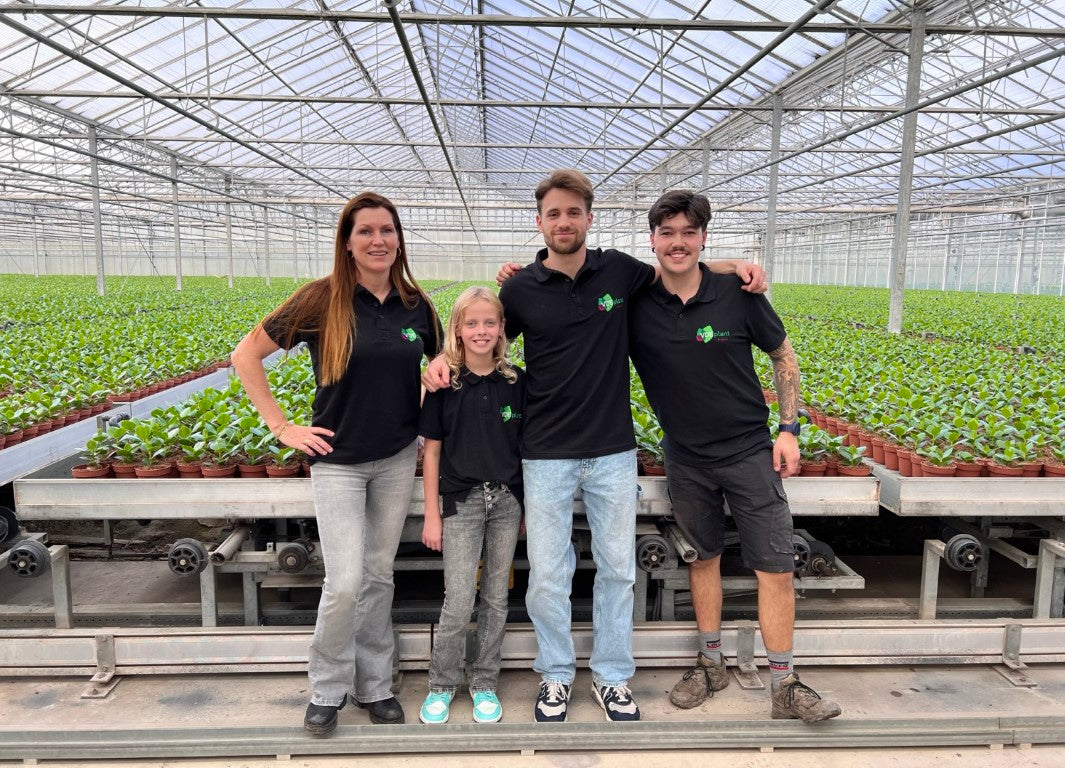Plants that purify the air

Many years ago, NASA conducted research into the production of oxygen by plants for the benefit of astronauts during travel through space. These tests showed that there are many harmful substances in the air around us when we are indoors. Substances that come from the building materials and plastics in the building, but also from electrical equipment and perspiration and breathing of the people themselves.
These harmful gases and particulate matter, but also low humidity, cause people to experience complaints such as burning eyes, headaches and irritated mucous membranes in the throat and nose. Since the 1980s, many institutes have conducted research into this phenomenon, known as 'Sick Building Syndrome'.
Good ventilation and purification of the air through plants is important in combating these complaints. NASA research already showed that a number of specific plants could convert CO2 into oxygen more effectively than other plants. In addition, they greatly reduced the level of harmful substances in the air.
After these plants had been in the test room for a few days, the test subjects' complaints disappeared automatically! Since these tests, organizations such as Fytagoras (part of the University of Leiden) and PPO (Practical Research Plant & Environment) are still conducting research by testing different plant species that ensure a healthy living environment.

Healthy effects
Consumers are becoming increasingly interested in pure, clean air and the role that different houseplants can play in this regard. The quality of the indoor air, such as in the living room, office and classroom, is of great importance for our health, fitness and well-being. Furniture, clothing, floor and wall coverings, paint, printers, etc. release chemicals that are not good for us. Formaldehyde is the most common toxin in the indoor environment and is also used by scientists as a benchmark to investigate the air-purifying effect of a plant.
In addition to research by NASA, much additional scientific and practical research has accurately shown that certain houseplants absorb harmful substances from the air and break them down in their roots. The presence of plants that purify the air ensures healthier and more pleasant working and therefore greater well-being and productivity and less absenteeism due to illness.
The air purifying effect of plants ensures:
– Neutralizing harmful gases by absorbing and breaking them down;
– Improving humidity by regulating evaporation;
– Making the air healthier by effectively converting CO2 into oxygen.
Do you also want to live and work in such a healthy environment? Then put plants in your living environment!
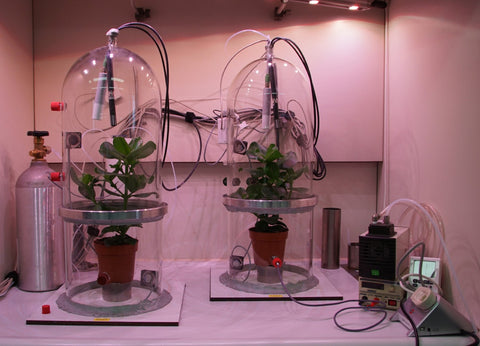
Wageningen University & Research
Plant physiologist Pieter de Visser is a researcher and project leader at Wageningen University & Research (WUR). Pieter has conducted research into the air purifying qualities of the Clusia rosea Princess. The plants were tested for the absorption of Formaldehyde in a number of airtight setups. Formaldehyde occurs almost everywhere in the indoor environment. In low concentrations it can irritate the eyes and throat. Very harmful in high concentrations.
Formaldehyde is used in chipboard, MDF, UF insulation and textiles (clothing, curtains and net curtains), among other things. The odors you often smell in the hardware store also contain formaldehyde!
Formaldehyde is widely used in cosmetics as a preservative, in a form that slowly releases the formaldehyde. Formaldehyde is also widely used in the cosmetic industry as a disinfectant for installations and packaging, and a residual formaldehyde inevitably remains in the product.
Furthermore, there are many industrial processes where formaldehyde is used and traces of it remain in the products.
By placing plants in glass domes, it was measured whether the formaldehyde disappears. The starting concentrations of formaldehyde (FA) were approximately 350 ppb. If you take the maximum concentration of 80 ppb allowed by the WHO, the Clusia Princess can process that amount in the measuring bell in about half an hour. A Clusia Princess absorbs formaldehyde very quickly through its leaves and processes it in its roots: a high concentration is already absorbed from the immediate environment of the plant within half an hour. Fortunately, the plant is not affected by this.
Compared to other plant species tested at WUR, the Clusia Princess is one of the best at absorbing formaldehyde, other plant species had the same or lesser performance.
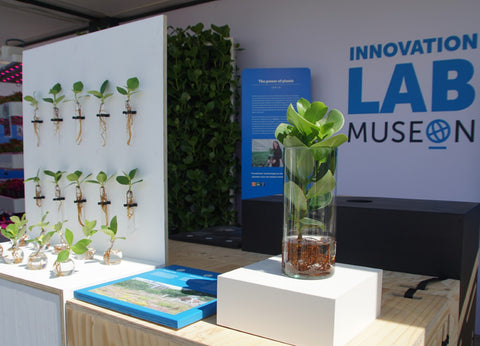
Volvo Ocean Race
In 2018, The Hague organized the Finish of the Volvo Ocean Race, the longest and toughest sailing competition in the world. The denouement ended after eight months in the port of Scheveningen. During the finish week, a fantastic festival was organized in the Scheveningen harbor for sailors, the public and the business community, which attracted 400,000 visitors.
The Museon, the scientific museum in The Hague, was the driving force behind the Innovation Pavilion where leading start-ups and SMEs had the opportunity to present their innovations during this festival. They asked us if we would like to show the Clusia rosea Princess this entire week and tell us more about the air purifying effect of this plant. From company doctors to startups with new ideas, companies to private individuals, they all wanted to know more about the Clusia rosea Princess. A special opportunity to be able to tell this to a large audience!
Sustainable innovation is important. That was the joint message from all companies at the Innovation Pavilion. We would like to thank Museon and all partners in the Innovation LAB for the pleasant collaboration!
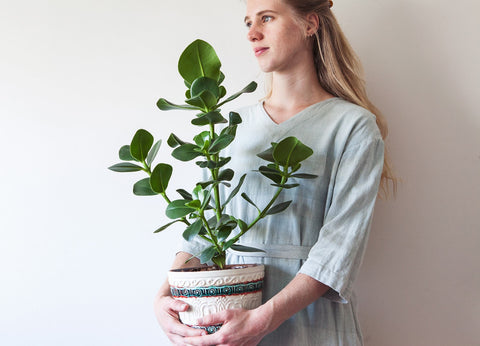
Influencers
Mama Botanica, a plant blogger with a mission: Inspire the internet generation with Super Green Fingers!
Iris shares her knowledge about plant care on her Instagram account Mama Botanica. Mama Botanica is now part of the international plant community on Instagram. On her online channels, Iris tries to inspire the internet generation to develop green fingers. You don't have to be stressed by a dying plant; all you need is some knowledge about how to deal with your green housemates.
During her searches on the internet, Iris noticed that it is difficult to find good information; the best plant care tips are hidden in vintage books. That is why Mama Botannica's focus is on sharing knowledge via social media and she also gives workshops on plant care. Iris wants to bring people closer to nature. With plants around you you become aware of the world we live in; the way you experience your living environment changes and you naturally become less stressed and more focused.
She records the growth process of her plants on social media: Every day Iris posts a photo on Instagram and every week she makes a video for YouTube, Facebook and her personal blog. By sharing content that is really useful to you, Iris tries to involve everyone: from care tips, tutorials on making cuttings and inspiration for putting plants together (or hanging) to mindfulness moments. She hopes to inspire people to surround themselves with plants.
Iris would like to learn where new species come from, this is how our collaboration came about and Iris made an informative video about the air purifying effect of the Clusia rosea Princess.



